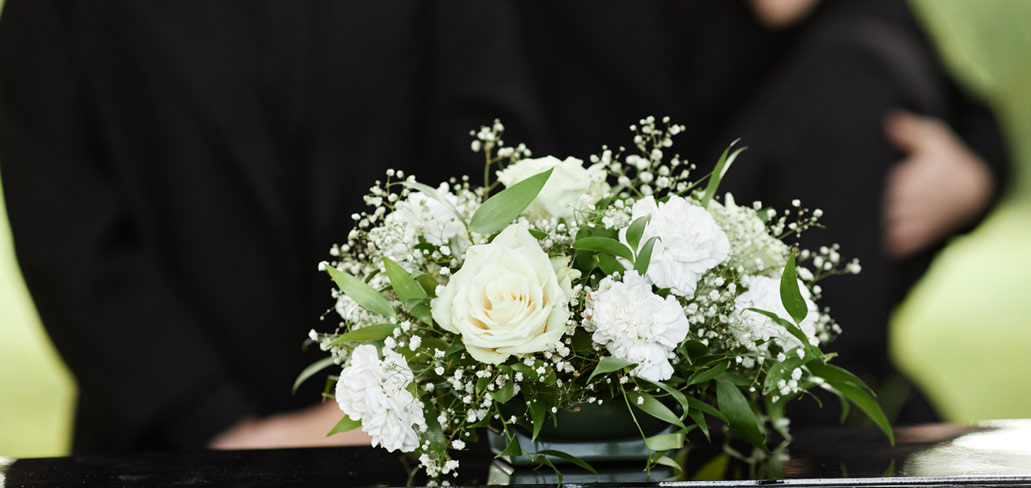How to Design a Floral Arrangement for a Funeral: Thoughtful and Meaningful Designs to Honor a Loved One
Flowers have long been a symbol of remembrance, comfort, and beauty, making them a key part of funeral services. A well-designed floral arrangement can offer a sense of peace and convey feelings that words alone cannot express. Whether you are designing a funeral arrangement for a loved one or preparing for a memorial service, creating something that reflects the personality and spirit of the departed can bring solace to those in mourning. Here’s how to thoughtfully design a floral arrangement for a funeral while being mindful of cultural traditions and sensitivities.
Understand the Wishes of the Family and Cultural Traditions
Before starting on any design, it’s essential to understand the preferences of the family and any cultural or religious customs that may influence the arrangement. Some cultures have specific floral choices or colors that symbolize different emotions, while others may have guidelines on the types of flowers used. For example:
- Christian Funerals: White lilies, roses, and chrysanthemums are commonly used, symbolizing purity and the cycle of life.
- Hindu Funerals: Marigolds and jasmine are frequently used, as they are believed to purify the soul.
- Jewish Funerals: It’s often recommended to avoid extravagant floral displays, as simplicity is preferred.
Asking the family for guidance ensures that the arrangement is appropriate and respects their wishes and traditions.
Choose the Right Flowers
The flowers you select for a funeral arrangement should convey the appropriate sentiments, such as love, sympathy, and remembrance. Here are some flowers and their meanings that are often used for funerals:
- Lilies: Often associated with peace, purity, and the restored soul.
- Roses: Different colors of roses carry different meanings, such as red for love, white for innocence, and yellow for friendship.
- Chrysanthemums: In many cultures, chrysanthemums represent death and are seen as symbols of honor and respect.
- Orchids: These exotic flowers symbolize beauty and strength, and they can be a fitting tribute to someone who led a remarkable life.
- Carnations: Known for their enduring quality, carnations are often used to show admiration and love.
When selecting flowers, aim for a combination that feels balanced in terms of color and symbolism, without overwhelming the somber mood of the occasion.
Consider the Arrangement Style
The style of your floral arrangement is an important aspect to consider. There are many different ways to design a floral tribute, each with its own symbolism:
-
Casket Sprays: These are large, impactful arrangements that are placed directly on top of the casket. They are typically long and lush, with a mix of flowers arranged in a horizontal pattern. You can personalize it with the deceased’s favorite flowers or colors.
-
Standing Sprays: These tall, upright arrangements are often displayed on an easel at the front of the service. They can include larger flowers like lilies or roses and are perfect for expressing a more formal or traditional tribute.
-
Wreaths: Circular floral arrangements often symbolize eternity and the cycle of life. Wreaths can be placed near the casket or altar, and they are ideal for honoring a life that is both continuous and everlasting.
-
Sympathy Bouquets: Smaller, more intimate arrangements like bouquets or vases can be sent directly to the family. These are often placed in the home after the service as a reminder of the love and support that surrounds them.
-
Custom Tribute Designs: Some people choose to design floral arrangements that reflect the deceased’s interests or passions. For example, a golfer might be honored with a floral arrangement shaped like a golf club, or a lover of the ocean could be celebrated with a beach-inspired design.
Color Palette and Symmetry
When designing a funeral arrangement, the color scheme plays an important role in conveying the intended message. Soft and neutral colors like whites, creams, and light pinks are most common as they represent peace, purity, and innocence. However, it’s also important to consider the personality of the deceased. If the person had a favorite color, incorporating that color can make the arrangement feel more personal.
If you are unsure about the color choices, sticking with whites and muted pastels is a safe and respectful option. Avoid overly bright or flashy colors, as they can be seen as disrespectful during such a solemn occasion.
Symmetry is another factor to consider. Traditionally, funeral arrangements are often balanced, but asymmetrical designs can be just as beautiful and meaningful, especially if they represent the individuality of the person being honored.
Add Personal Touches
A meaningful floral arrangement can be made even more special by incorporating personal touches that reflect the life of the deceased. Here are a few ideas:
-
Favorite Flowers: Including flowers that were special to the person or that were part of their hobbies or passions can make the arrangement feel more intimate.
-
Personal Messages: Some floral arrangements come with cards or small messages attached, offering condolences or sharing a memory of the deceased. You could also include a ribbon or tag with the person’s name or a favorite quote.
-
Incorporate Other Elements: Depending on the person’s interests, you can add subtle elements like feathers, pearls, or even keepsakes that may have held sentimental value. Just ensure that these additions do not distract from the flowers themselves.
Final Considerations
While designing your arrangement, it’s essential to be mindful of the family’s needs and preferences. Floral tributes are not only a way to honor the deceased but also to offer comfort and peace to grieving loved ones. A well-thought-out floral tribute can be a lasting reminder of the love and support surrounding the family during their time of loss.
By combining thoughtful design, cultural sensitivity, and personal touches, you can create a floral arrangement that not only respects the deceased but also helps their family find comfort and healing.




